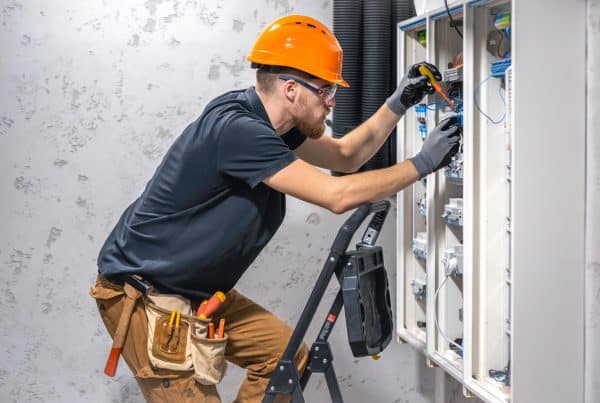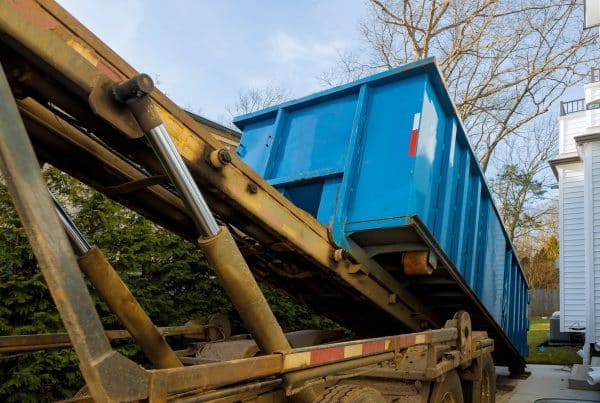We tend not to think about the luxury of open space until we need more. Never is this more apparent than when the open space in your home is no longer adequate. And when you come to that realization, that often means deciding to move into a bigger home.
Whether due to a growing family or the need for a home office space, here are four tips for making sure you find the right real estate agent for your particular circumstance, as well as what to consider about your budget, desired home features, and ideal neighborhoods for your larger home.
1. The Right Agent
A crucial factor in finding a bigger home is hiring a Realtor who’s right for the job. A random Google search for “top real estate agents near me” may yield far too many results to sort through and a sense of uncertainty regarding agent fees.
Fortunately, there are some effective and efficient ways to find and vet real estate agents. Conduct some online searches to compare area agents’ reviews and see the number of homes they have sold in a given time period. You can also use other search tools to check an agent’s online presence once you’ve narrowed down your top choices.
2. The Right Budget and Price Point
While determining what you can pay for a monthly mortgage may be difficult, one popular method is the 28/36 rule. According to this rule, you should spend a maximum of 28% of your gross monthly income on total housing expenses and no more than 36% on debt, such as car loans and credit cards. Thus, if you make $6,000 per month, you can put roughly $1,700 toward a monthly mortgage payment. Keep this in mind as you consider larger homes.
Additionally, committing to a bigger home means committing to a bigger budget, not just higher utility and maintenance costs. Factors that seem insignificant, like the length of your driveway or the size of your yard, will make a difference. After all, that driveway may require salting or using a snow blower during winter, while that bigger yard will require some type of landscaping service.
3. The Right Home Features
Bigger isn’t always best. A home with more square footage than another doesn’t make it the best fit for your family. Indeed, you want to make sure when you opt to go bigger, it’s in the right places for the right reasons. For starters, when buying a new home, determine which features are most important for your family. Some families need extra closet space, while others need a larger garage or yard. Consider your immediate needs and also the features your family may need down the road.
4. The Right Neighborhood and Surrounding Areas
Every family has a different definition of a dream neighborhood. Trading up for one family may look like moving from a 2,200-square-foot, single-family condo in the city to a 4,000-square-foot house in the suburbs. Before looking at new homes, discuss with your family where they would like to live. Ask yourselves:
- What defines a good neighborhood?
- How important is the location and reputation of area schools?
- Where are the best and most convenient local eateries?
- What’s the local crime rate?
Determine the neighborhood you want to live in and convey this to your agent early on.
Your Checklist for an Informed Home Purchase
Finding a new home for your family can be challenging. But after hiring the right agent, deciding on the necessary home features, and defining the kind of neighborhood in which you want to live, you’ll be ready to invest in a larger house to call home. Cheers to embarking on this journey!








